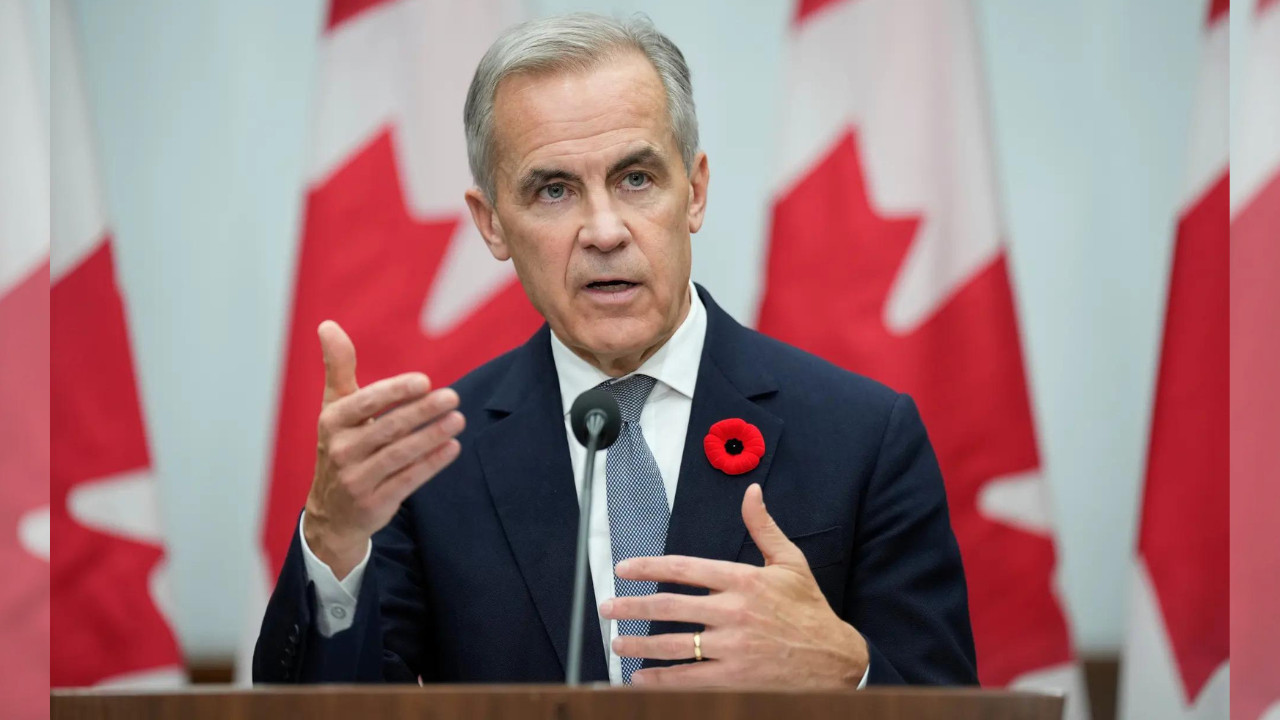India and the US are in advanced trade deal talks, with Commerce Minister Piyush Goyal hinting at an imminent agreement. This follows US President Trump’s positive remarks. The proposed deal could significantly slash US tariffs on Indian exports, potentially from 50% to 15%.
Will a New India-US Trade Deal Finally Come to Fruition?
The murmur in the corridors of international trade is growing louder: could a significant trade agreement between India and the United States finally be on the horizon? Commerce Minister Piyush Goyal has recently indicated that discussions are in advanced stages, fueling speculation and, more importantly, hope for a stronger economic partnership between the world’s largest democracy and its oldest.
For years, the prospect of a comprehensive India-US trade deal has dangled tantalizingly before us. While smaller agreements have been forged and strengthened, a truly impactful, broad-based deal has remained elusive. So, what’s different this time, and what can we realistically expect?
What’s on the Table?
While details are still tightly guarded, we can glean some insights into the areas of focus. Broadly, the negotiations are likely centered on reducing trade barriers, streamlining regulations, and fostering greater investment flows in both directions.
One key area of discussion revolves around market access. The US has long sought greater access to India’s vast consumer market, particularly for agricultural products, medical devices, and certain manufactured goods. India, in turn, is pushing for easier access to the US market for its pharmaceuticals, textiles, and agricultural goods. Imagine the possibilities – Indian-made medications becoming more readily available to American consumers, or the vibrant colors of Indian textiles gracing US retail shelves on a larger scale.
Another crucial element is the reduction of tariffs and non-tariff barriers. Both countries impose tariffs on various goods, which can significantly impact the competitiveness of exporters. Simplifying customs procedures and reducing bureaucratic hurdles are also vital to facilitate smoother trade flows. Think about the ease with which businesses could operate, fostering innovation and driving down costs for consumers.
Beyond goods, the negotiations are also expected to address issues related to services trade, intellectual property rights, and digital trade. India has a thriving IT sector and is keen on securing greater access to the US market for its tech services. Strengthening intellectual property protection is crucial to foster innovation and attract foreign investment.

The Potential Benefits of an India-US Trade Deal
The potential benefits of a comprehensive trade agreement are substantial for both nations. For India, it could unlock significant export opportunities, boost manufacturing output, and create new jobs. Increased investment from the US would further stimulate economic growth and technological advancement.
For the US, a trade deal with India offers access to one of the fastest-growing economies in the world, a large and increasingly affluent consumer base, and a strategic partner in the Indo-Pacific region. Strengthening economic ties with India can also help diversify supply chains and reduce reliance on other countries.
Ultimately, a successful trade agreement has the power to spur innovation, generate wealth, and improve the lives of citizens in both countries. It could also send a powerful signal to the rest of the world about the importance of free and fair trade.
Challenges Remain on the Road to Agreement
While progress has been made, significant challenges remain. Differences in regulatory standards, concerns about data localization, and sensitivities around agricultural subsidies need to be addressed. Both sides will need to demonstrate flexibility and a willingness to compromise to reach a mutually beneficial agreement.
One sticking point has traditionally been agriculture. The US wants greater access to India’s agricultural market, but India has concerns about protecting its farmers and ensuring food security. Finding a solution that addresses these concerns will be key to unlocking a comprehensive trade deal.
Another challenge is navigating the complexities of intellectual property rights. While both countries recognize the importance of protecting intellectual property, they have different approaches and priorities. Striking a balance that encourages innovation while ensuring access to essential medicines and technologies is crucial. We have written about other trade agreements in the region; read about the Regional Comprehensive Economic Partnership (RCEP) to understand the complexities of international trade.
Looking Ahead
The advanced stage of discussions between India and the US offers a glimmer of hope that a comprehensive trade agreement may finally be within reach. While challenges remain, the potential benefits for both countries are too significant to ignore. As negotiations continue, it’s essential to maintain open communication, address concerns constructively, and strive for a mutually beneficial outcome that strengthens the economic partnership between India and the United States. The world is watching, eager to see if these two global powers can forge a new era of economic cooperation.







